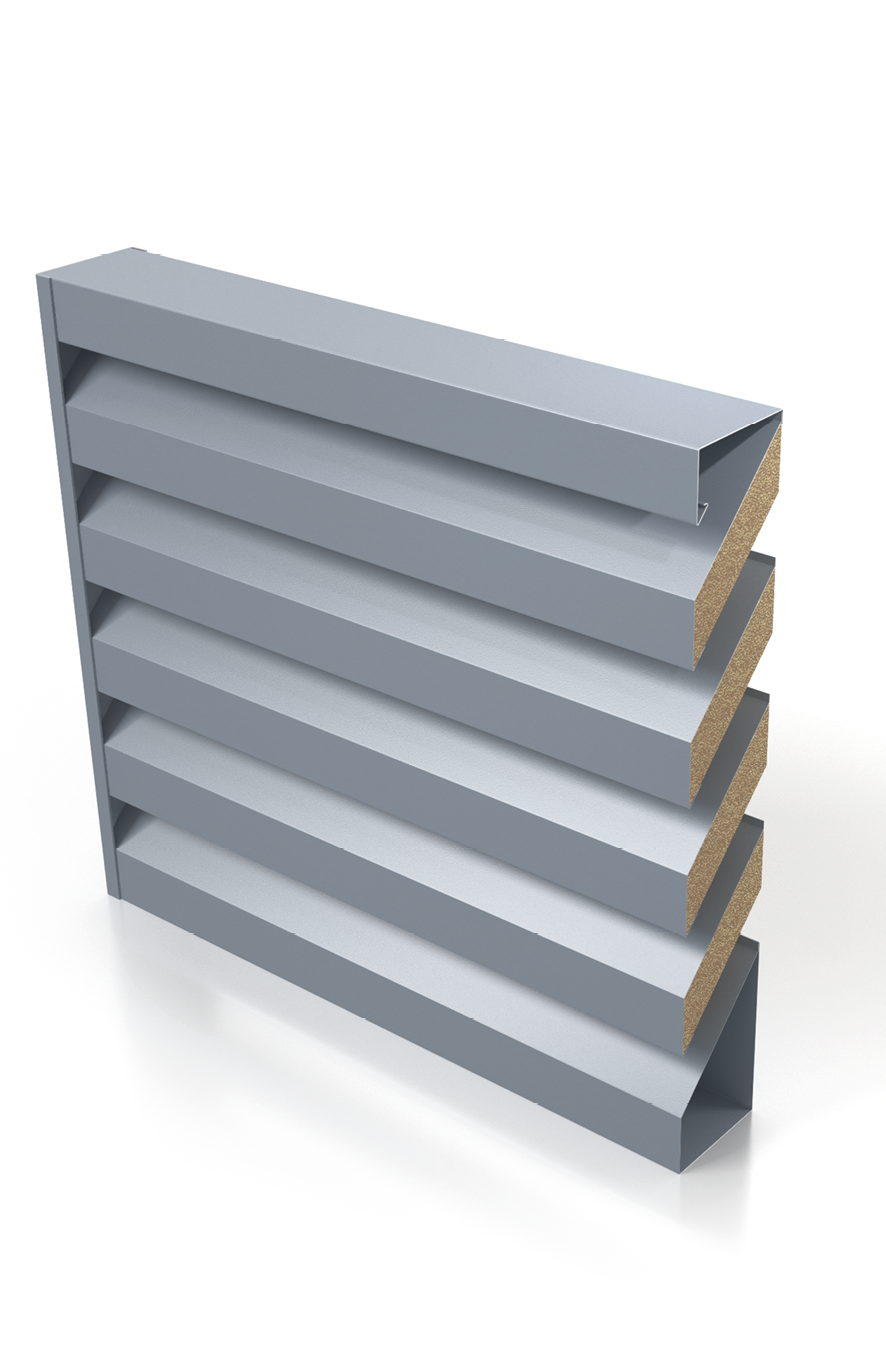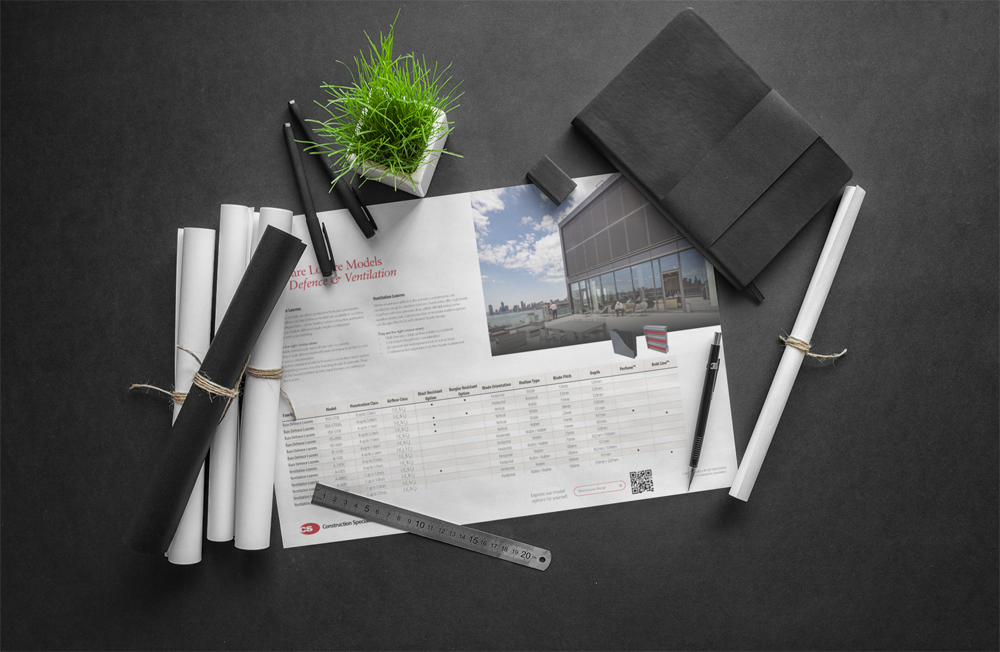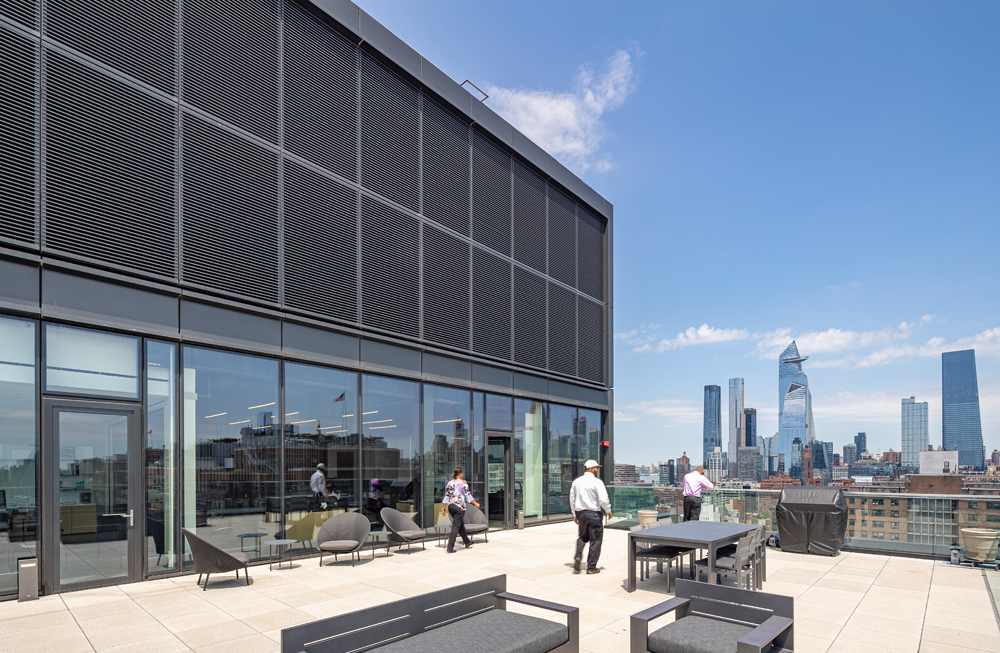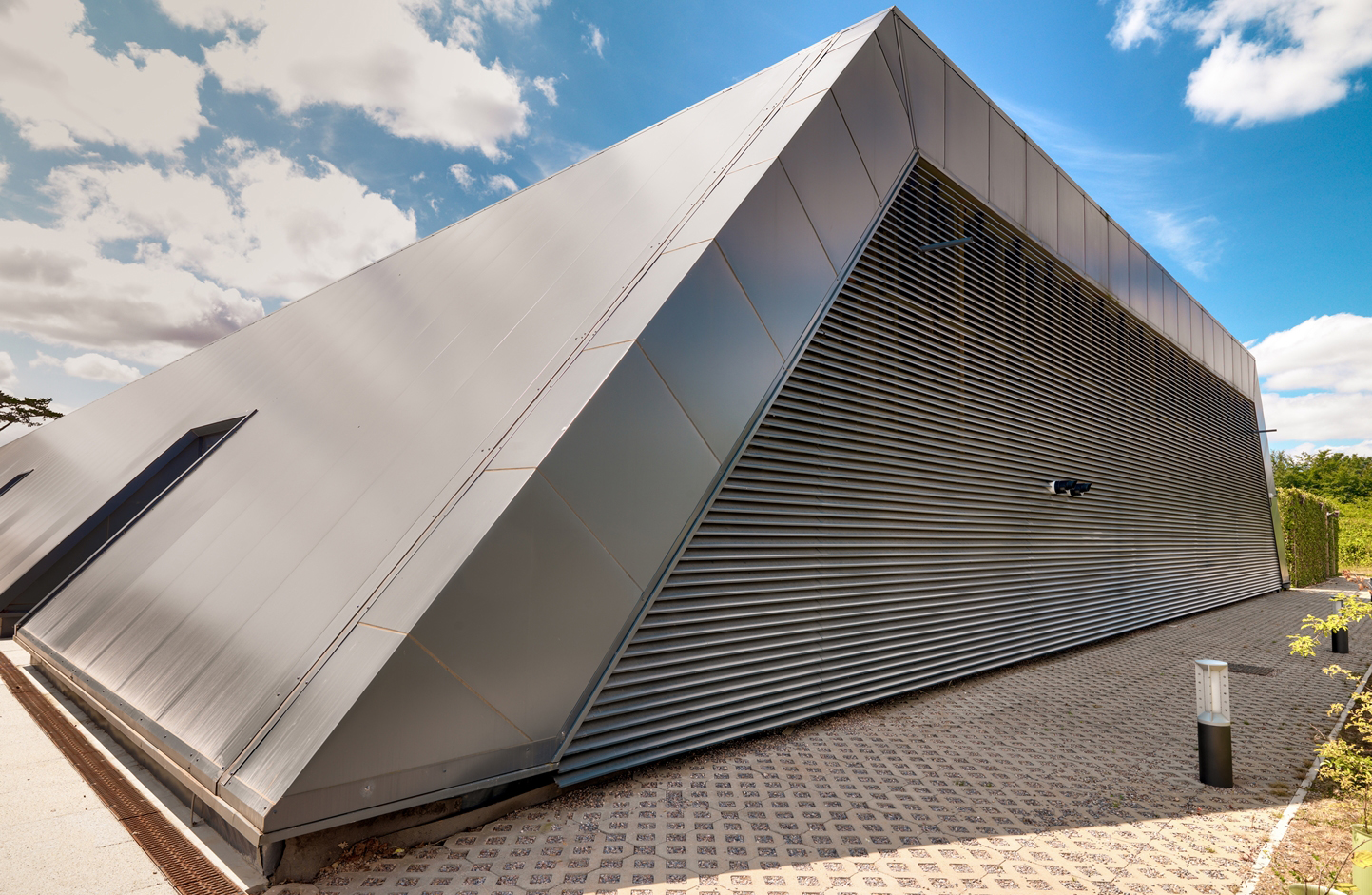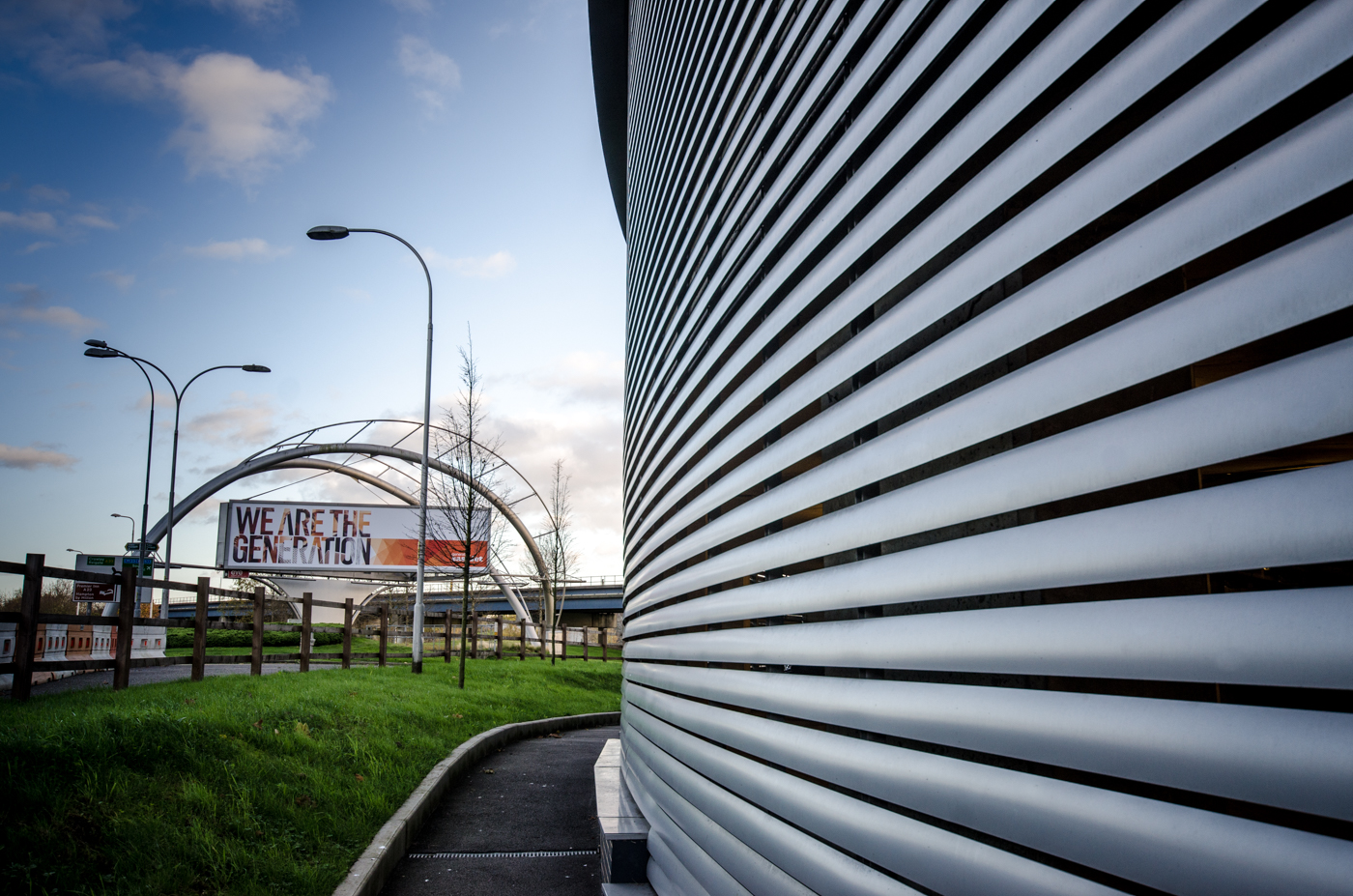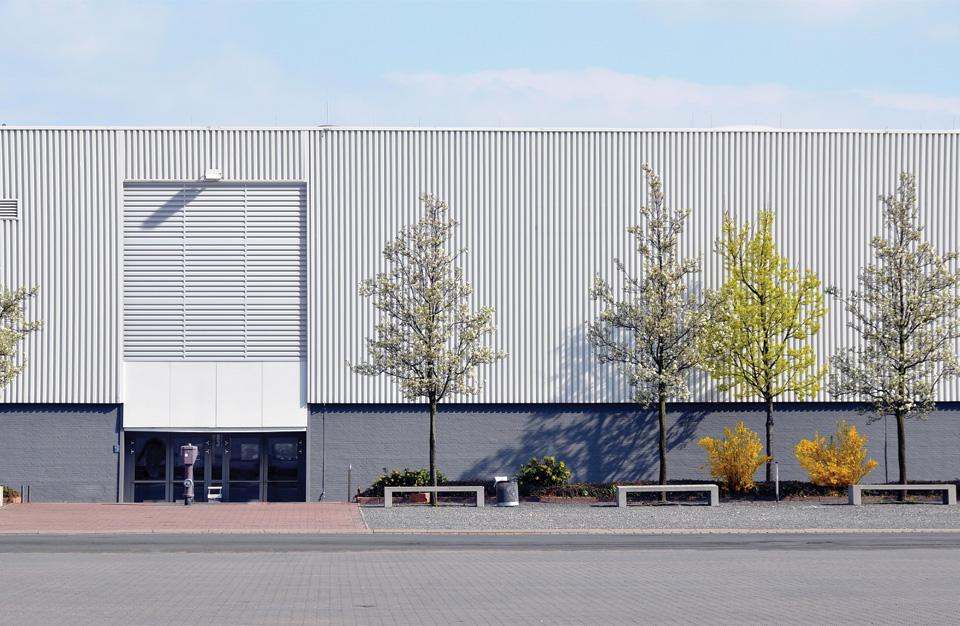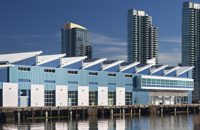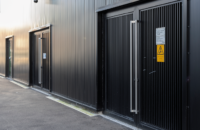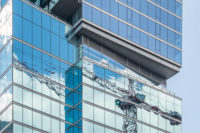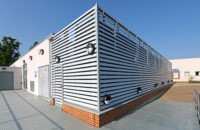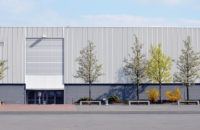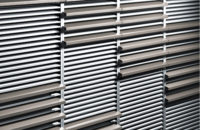We have been manufacturing and selling louvres globally for over 60 years. When you specify our systems, you get the support of a dedicated team with a wealth of experience and design capability.
The performance of our louvres has been evaluated by independent third party testing. In addition, any of our standard or bespoke solutions can be verified in our own testing chamber to ensure they achieve specified performance levels in real world conditions.
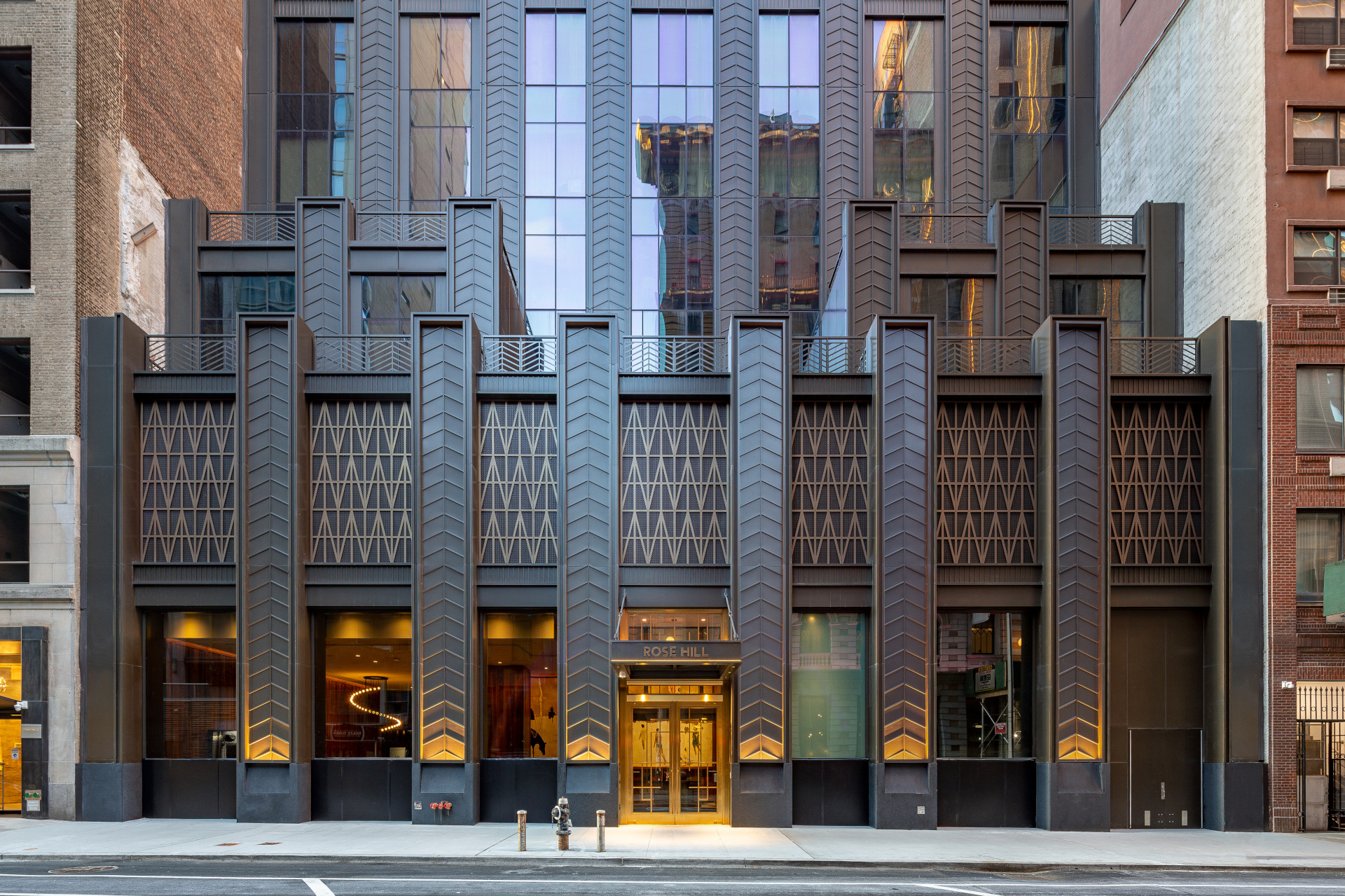
Specification
The principal reason for using louvres is to allow the movement of air. But, louvre specification is a balance between form and function, with louvred façade appearance playing an important part in the selection process.
Compare our
To help you find the right Louvre within our comprehensive range, we've put together a comparison sheet, highlighting key performance and aesthetic information for each of our models.
Discover how we
Your project is unique, as is every challenge – and that’s where we shine. With unrivalled experience, passion and support we’ll help you tackle the toughest of challenges.
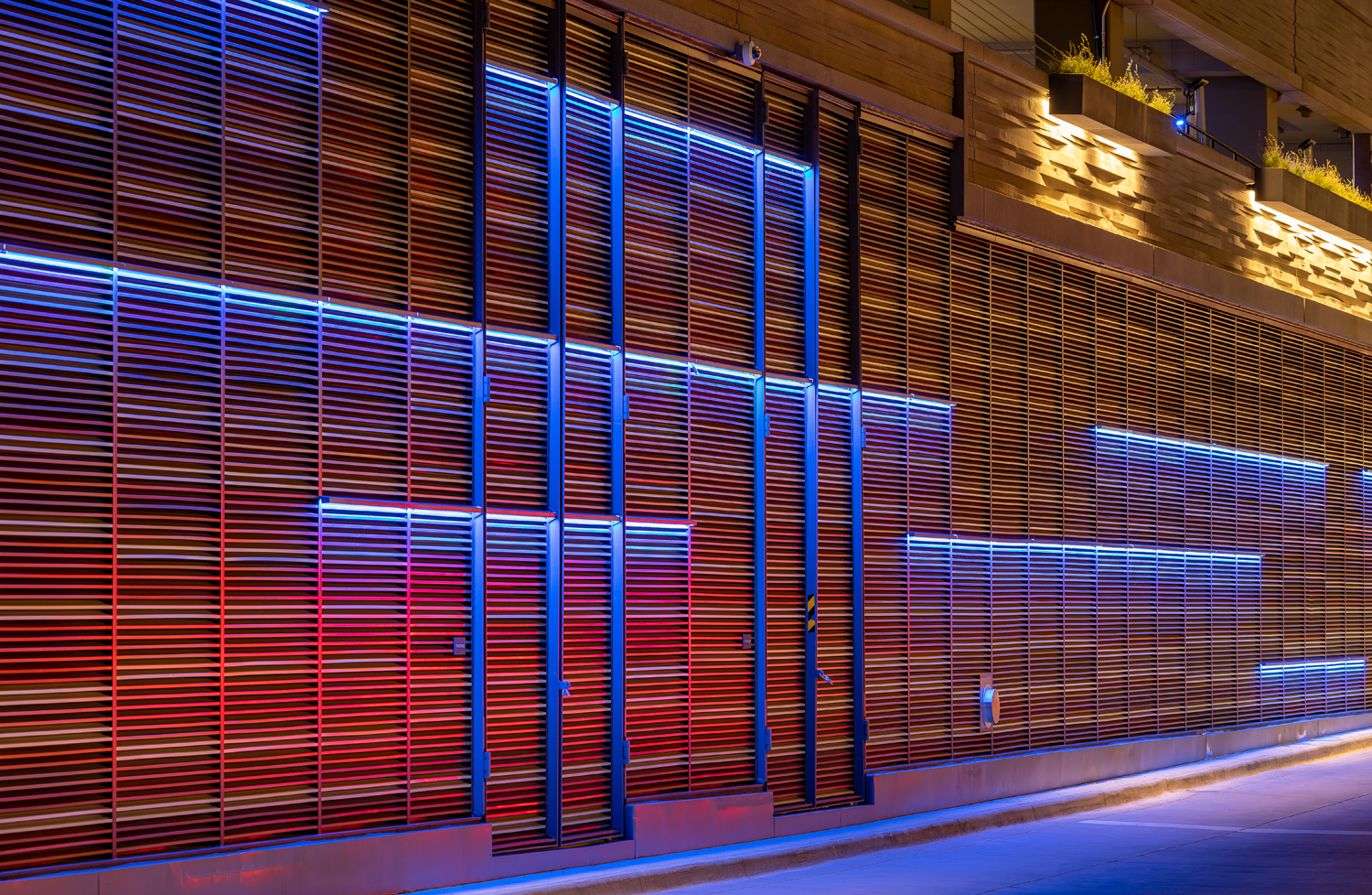
Whatever your airflow needs,
Required on most facilities to provide essential airflow, architectural louvres help to improve a building’s energy efficiency. They are also often needed to provide protection from rain ingress, or screening of plant machinery.
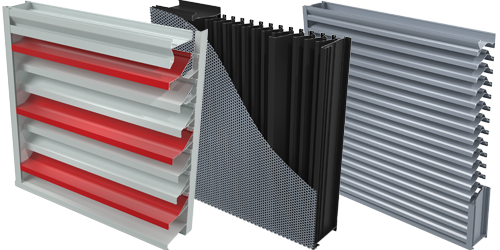
Our range features louvres offering
Rain Defence
Ventilation
Screening
Acoustics
Rain Defence Louvres
Engineered to provide excellent protection from rain penetration and good airflow, our Rain Defence Louvres are available in a choice of blade configurations, can be hidden behind attractive perforated screens or feature different blade depths to integrate beautifully with your building.
They are ideal when you:
- Need reliable resistance to wind-driven rain
- Can’t use a large plenum behind louvres due to cost or space considerations
- Plan to house sensitive equipment adjacent to the louvre system
- Must integrate the louvres into the building’s total design or house them behind architectural features or continuous line louvres
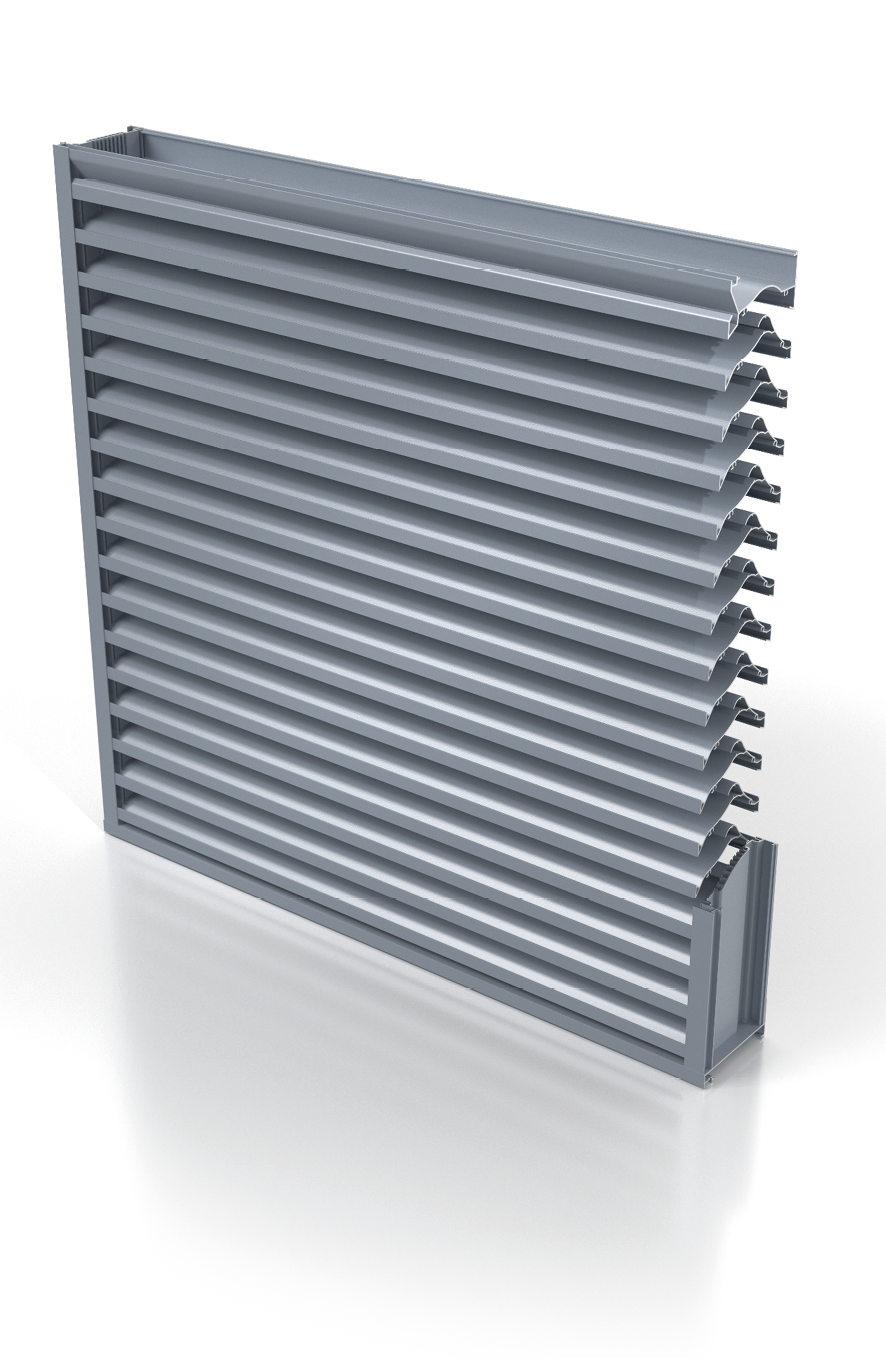
Ventilation Louvres
Where maxium airflow is the primary consideration, our ventilation range is a perfect solution. Our louvres offer high levels of airflow with low pressure drop, whilst still delivering some weather protection. Continuous line or modular mullion options can be specified to fit with desired facade design.
They are ideal when you:
- Need a high free area / high airflow solution
- Need an economical louvre
- Don’t mind occasional rain water entry
- Require a continuous line appearance on the facade
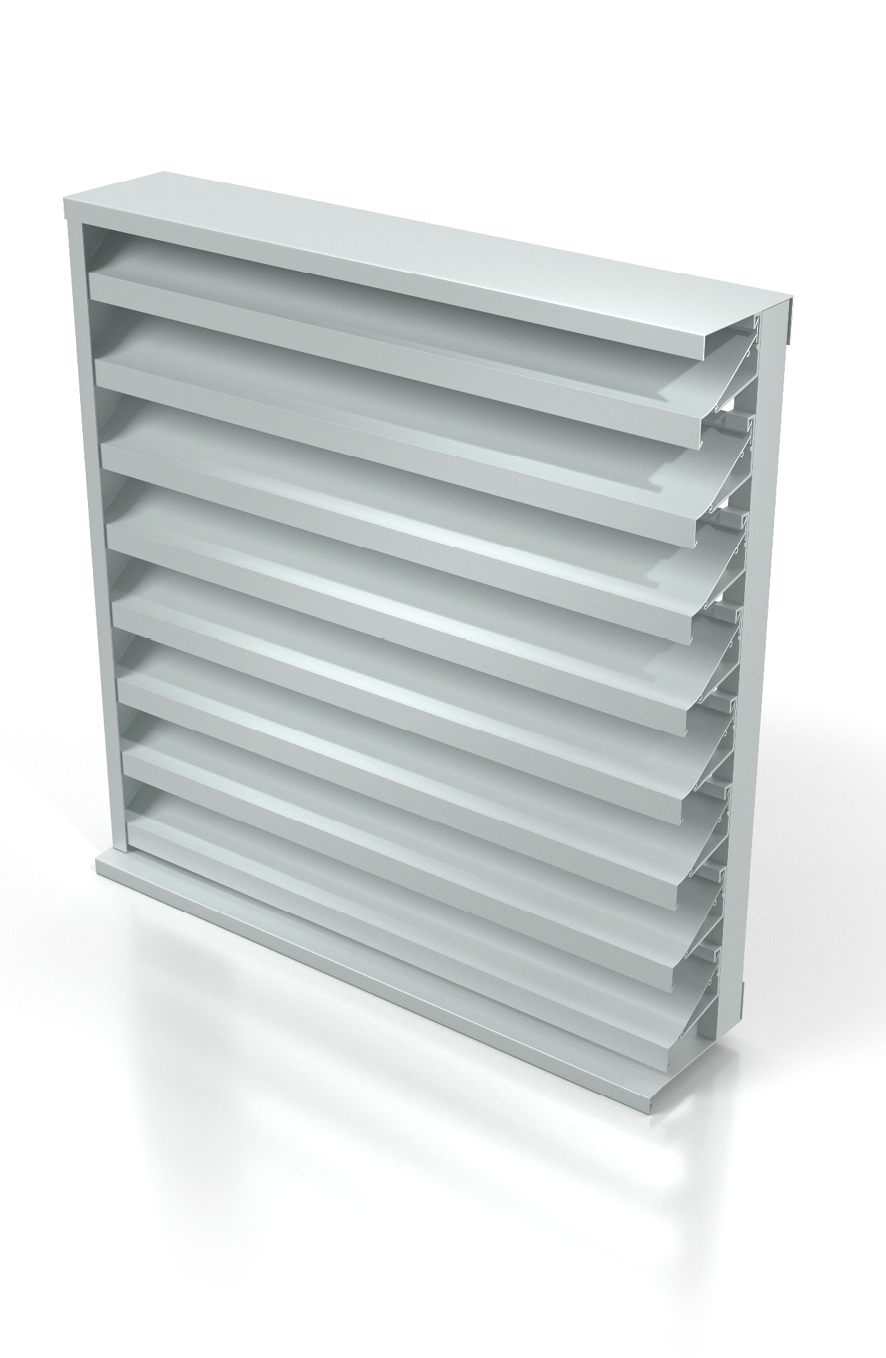
Screening Louvres
A simple solution to providing visual screening of plant or other equipment, our screening range is typically used in applications where rain penetration is not a concern. Their continuous appearance can blend in with the building’s design and provide an aesthetically pleasing feature.
They are ideal when you:
- Need a low cost, easy to install screening solution
- Rain ingress to the area is not a consideration
- Continuous line appearance on the facade is required
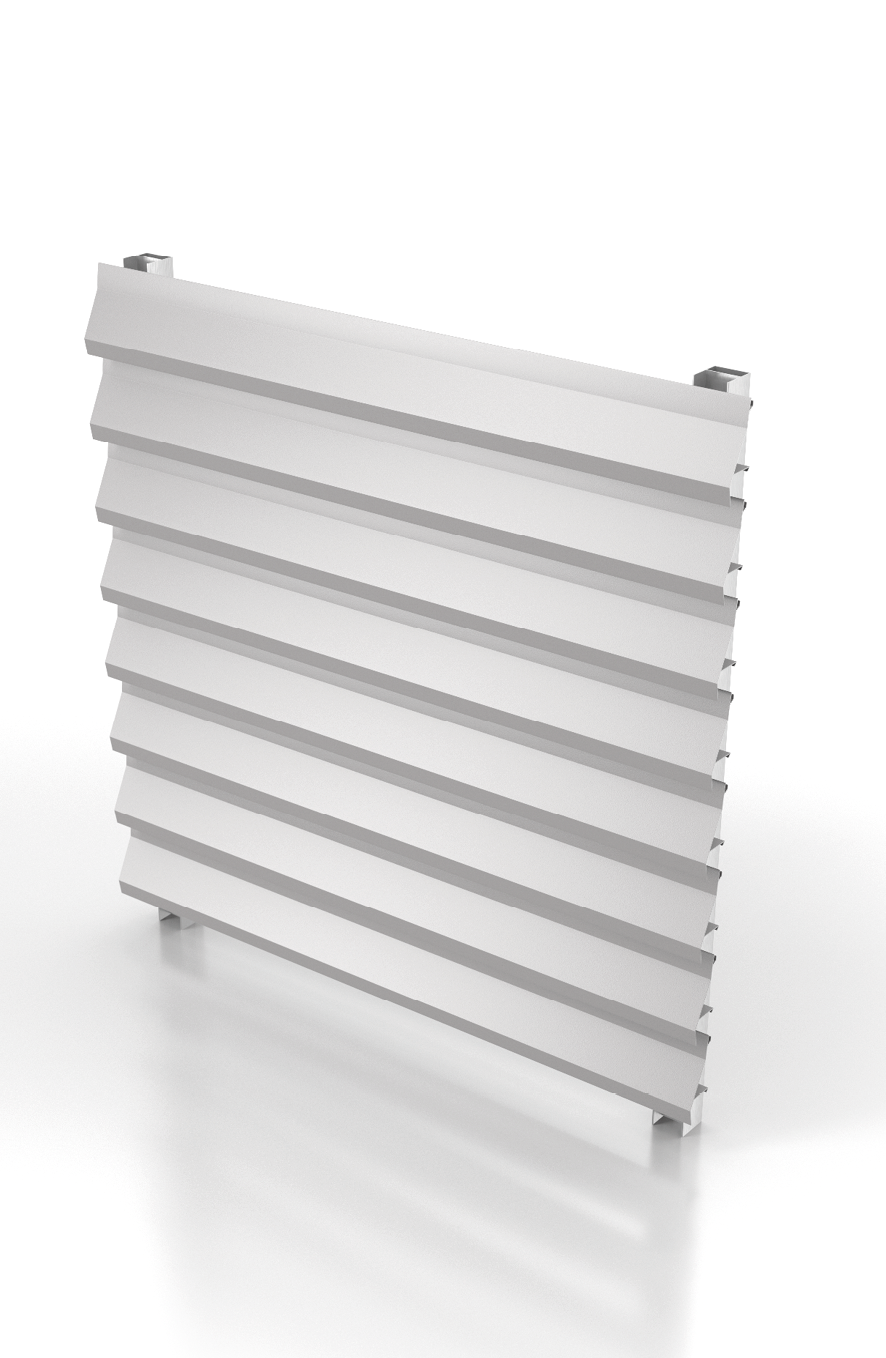
Acoustic Louvres
Suitable for applications where both noise control and airflow are required, our Acoustic Louvres can be installed as standalone screens, or can be integrated into building façades. They can also be used in combination with any of our rain defence or ventilation models, if required.
These Louvres are suitable for the following types of projects:
- Car parks, plant rooms, substations, cooling towers and any other application that requires both sound attenuation and ventilation
- Areas where sound levels that escape from exterior or interior walls need to be minimised
